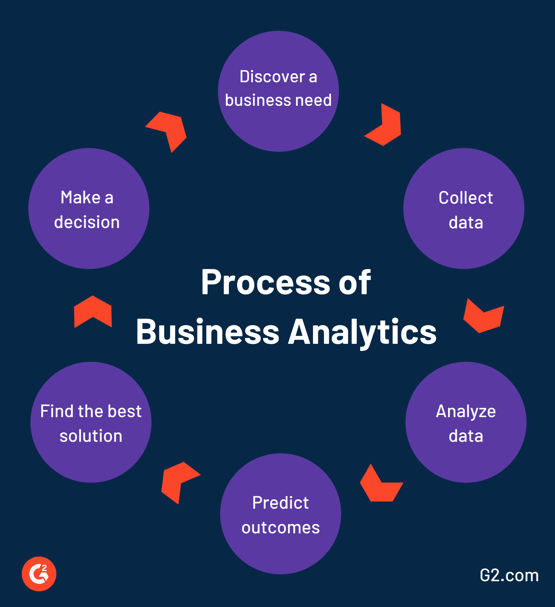
If you have been reading articles about the technology industry lately, chances are you have heard of business analysis. Due to its growing demand and potential, it has become one of the hottest topics in the technology industry. You may wonder why the demand in this field is so high.
Given below are some of the main benefits of business analysis:

Business Analytics helps you measure your progress
Every company has its own unique mission statement to show its value to customers as the basis for validating its development or marketing plan. The mission statement serves as a guideline by providing insight into the company’s values, enabling the company to retain and even promote employees.
Business Analytics supports data-driven decision making
When your business has access to critical data, it enables you to make accurate decisions and achieve better results. Business analytics provides your organization with meaningful and relevant data, facilitating informed, data-driven decision-making. Plus, the business analysis makes it easy for you to share your insights and discuss the way forward with employees and stakeholders.

Business Analytics delivers clear insights
One of the main benefits of business analytics is that it can help you gain clear insights through data visualization. Data visualization refers to data representation and its insights through visualization or graphs (such as pie charts, graphs, etc.). Using comprehensive charts and tables can make your decision-making process more efficient. You can easily extract data from it, identify trends in the data, and generate relevant and helpful information more clearly.
Business Analytics keeps you updated

The attention span of modern consumers is concise. They quickly moved from one business to another and immediately forgot about the old business. However, with the help of business analysis, you can prevent this from happening. Marketing analysis is a prominent branch of business analysis, which focuses on identifying patterns of customer behavior to understand the thinking process of the target audience.
Edited by Aishwarya Ingle




